Composition and use of NPK fertilizers
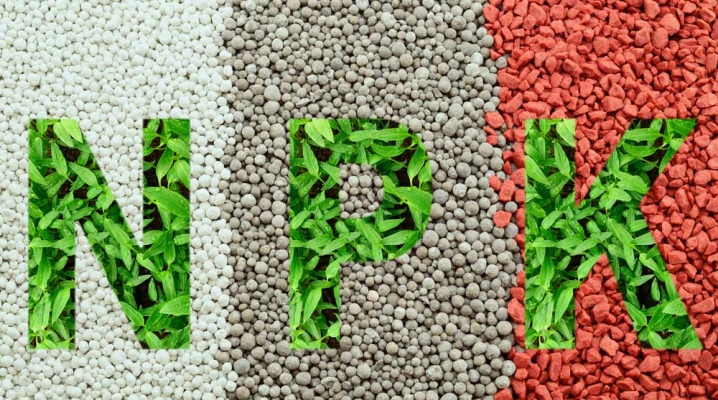
NPK fertilizers are widely used in agriculture, hydroponics, horticulture and horticulture. A complex of 3 main components allows you to saturate the soil with all the necessary nutrients. It is worth talking in more detail about what it is, what is the decoding of the term, about the methods of production and use of fertilizer.

What it is?
NPK fertilizers are mineral complexes that include 3 main components. The decoding of this designation is directly related to the Latin names of these substances in the periodic table:
- nitrogen is hidden under the letter N;
- under P - phosphorus;
- K is potassium.
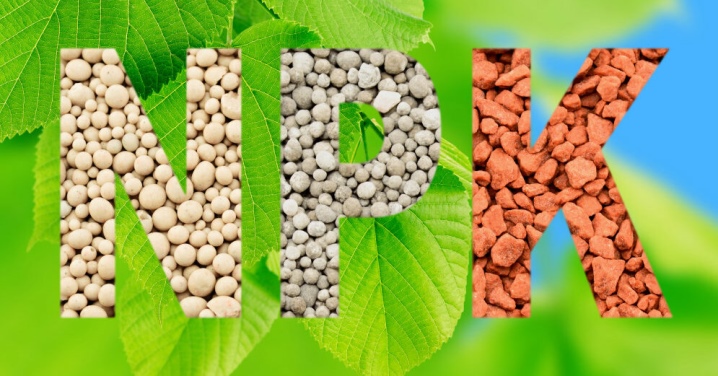
Absolutely all cultivated plants need a sufficient supply of minerals from the soil. At the same time, dosing them yourself, it is difficult to achieve an optimal balance. Complex fertilizers NPK allow you to carry out agricultural activities without complicated preparation. They contain the salts of phosphorus, nitrogen and potassium in the most effective and safe proportions.
At the same time, the granular form allows you to vary the methods of fertilization, as well as to determine their dosage with high accuracy.
The proportional ratio of ingredients in complex mineral fertilizers is indicated on the package. If their number is equal, it may look like 16:16: 16. The remaining volume falls on binders, which do not significantly affect the change in the composition of the soil.
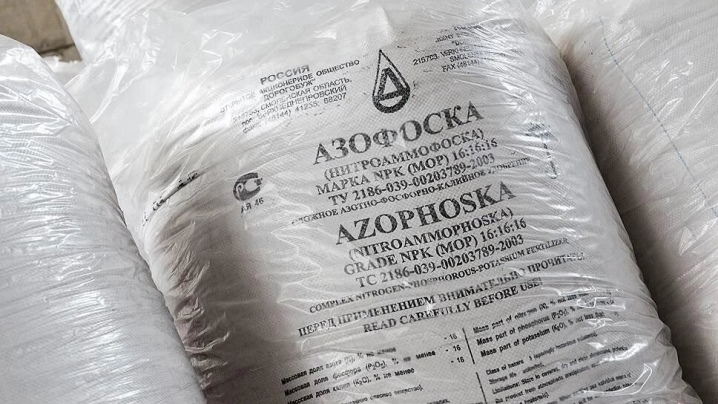
Each ingredient in NPK fertilizers is responsible for its own area of plant life.
- Nitrogen. Responsible for the active growth and development of leaves, stems, helps to quickly build up green mass. In addition, its function is to improve the immunity of plants, increase their protective properties against diseases. Lack of nitrogen will be reported by blanching of leaves in vegetable crops, redness in fruit crops, thinning of shoots.

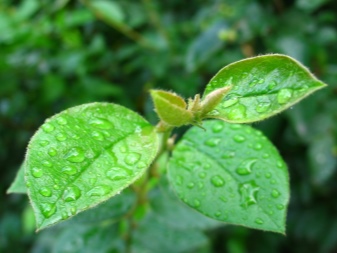
- Phosphorus. Helps to intensively stimulate root growth in the early stages. During flowering and fruiting, phosphorus ensures the correct course of these processes. Deformation of buds and ovaries, the appearance of blue-green spots on the leaves may indicate a lack of substance in the soil.
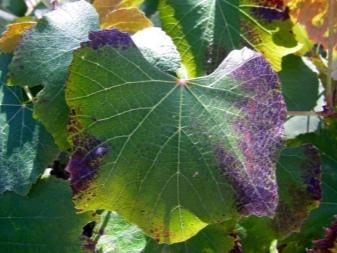
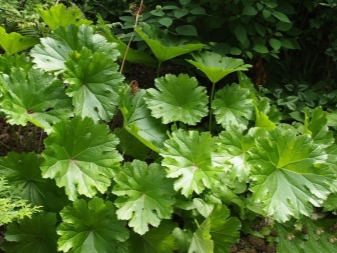
- Potassium. It is necessary for the formation of inflorescences, the formation of ovaries and fruits. With an intense and prolonged shortage of potassium, it is impossible to wait for a rich harvest. The lack of substance is indicated by the appearance of brown spots on the surface of the leaves, twisting and the formation of burns along the edge of the leaf. When potash fertilizers are applied, the plantings receive a restoration of the water balance, an increase in immune defense, and they tolerate frost better.
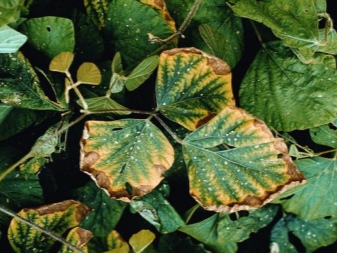
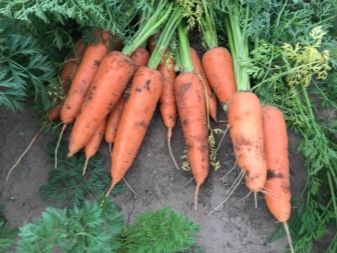
Without the supply of the necessary macronutrients, plants cannot successfully grow and develop, they are less protected from diseases and pests. NPK complexes are widely used not only by large agricultural enterprises. They are quite in demand in the private sector of agriculture, they are suitable for introduction into different types of soils.
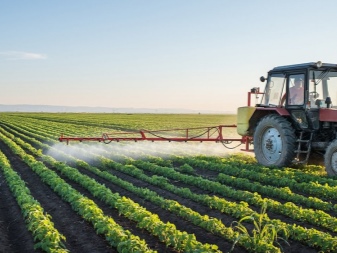
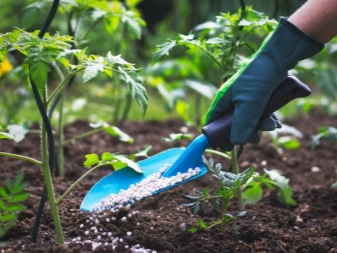
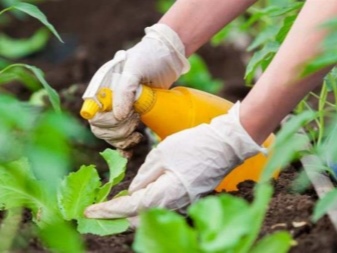

Production technology
Industrial production of NPK fertilizers is carried out using the steam granulation method. The production technology consists in the step-by-step mixing of dry components - potassium chloride, ammophos, urea, diammophos or ammonium sulfate in a humid environment. The procedure in this case is as follows:
- raw materials arrive at the enterprise, are stored, undergo quality control;
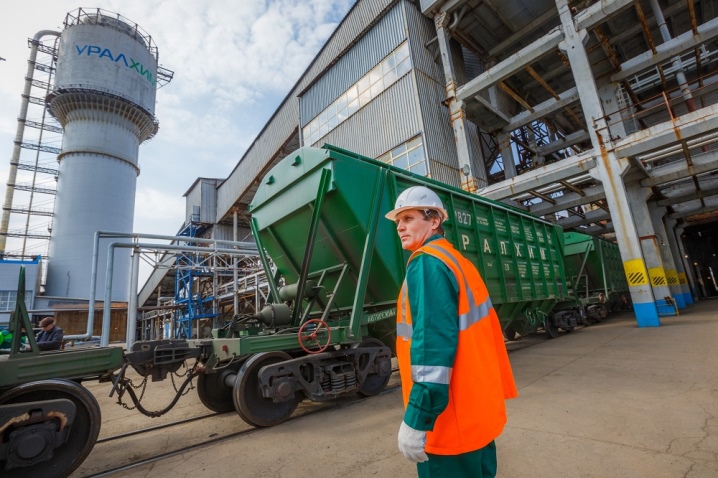
- components are loaded into a special compartment of the equipment;

- raw materials are crushed, dosed, fed to the production line;

- the charge required for granulation is being prepared;
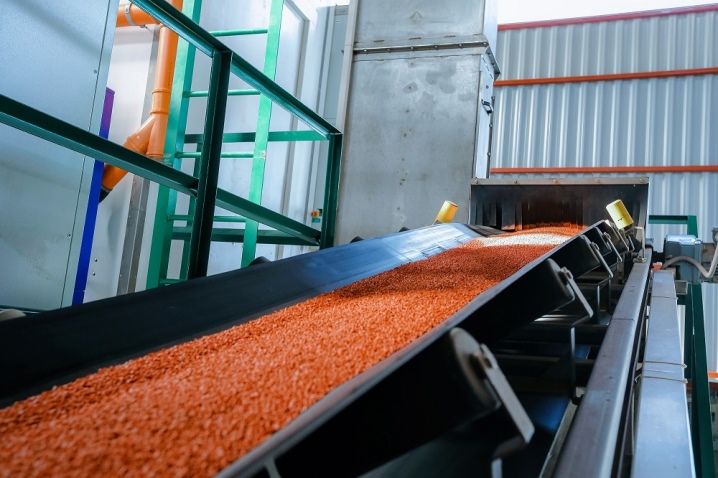
- it is processed by the method of rolling, granules are formed, then they are dried, the exhaust gases are purified;
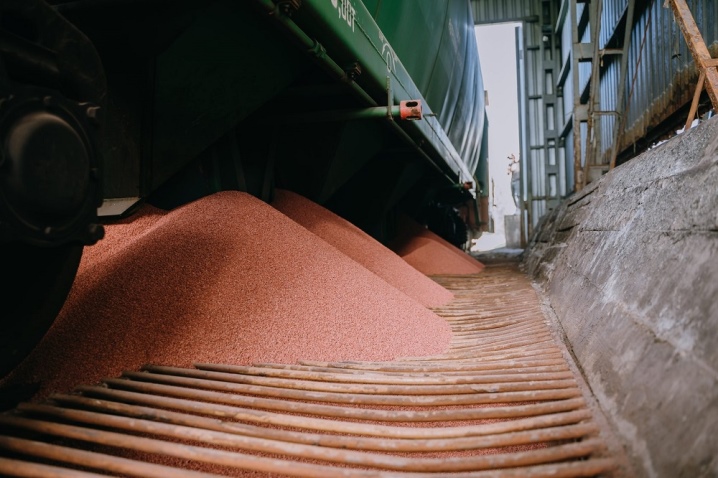
- outbound products are classified, return is separated;
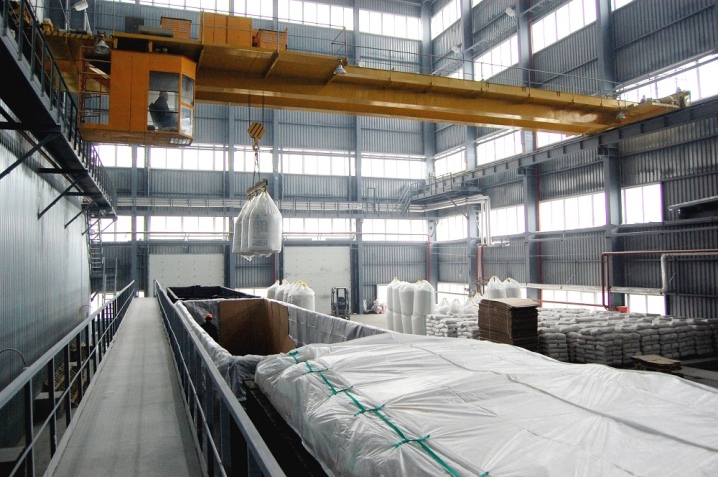
- oversize product is cooled, classified;
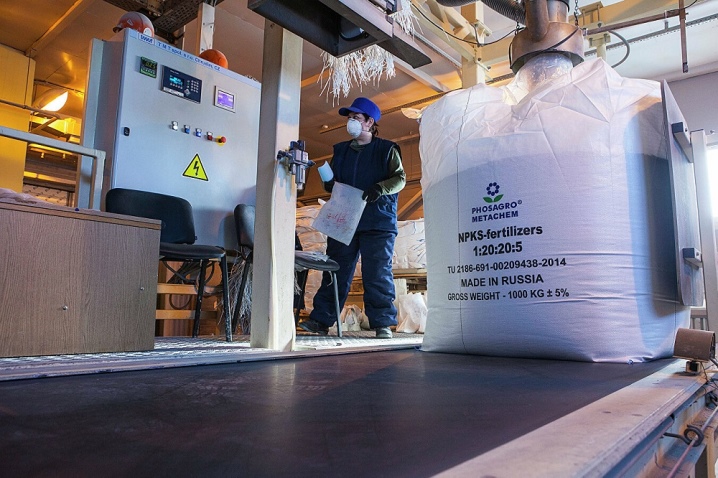
- the semi-finished product is conditioned, the finished product is sent to the warehouse, packaged and shipped.
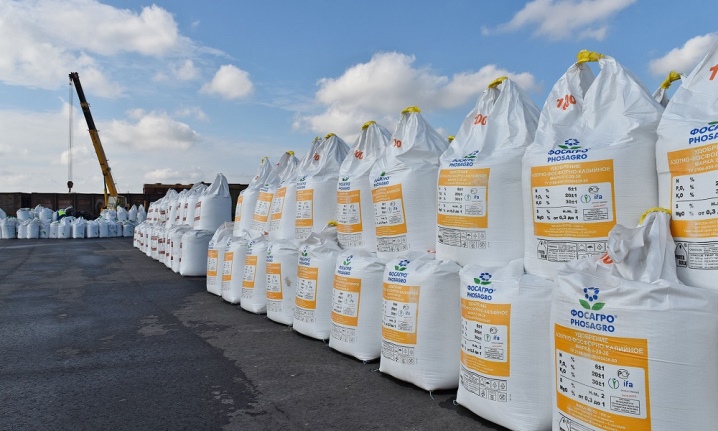
The resulting granules have a round or oval shape, a shade from gray-yellow to slightly red, emit a not too harsh specific aroma.
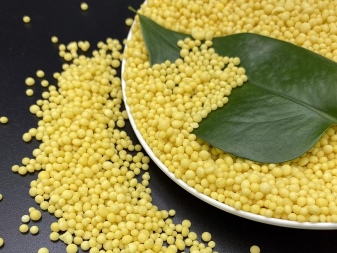

Fertilizers
All NPK fertilizers can be categorized based on the amount of nutrients they contain. The enriched complexes include complexes in which their share reaches 40% or more. Neutral ones contain no more than 4/10 parts of potassium, phosphorus and nitrogen. Lean mixtures contain over 70% aggregate, but this does not mean that they are worse or better in their properties. This difference is due to the types of soil for which the mixtures are made.
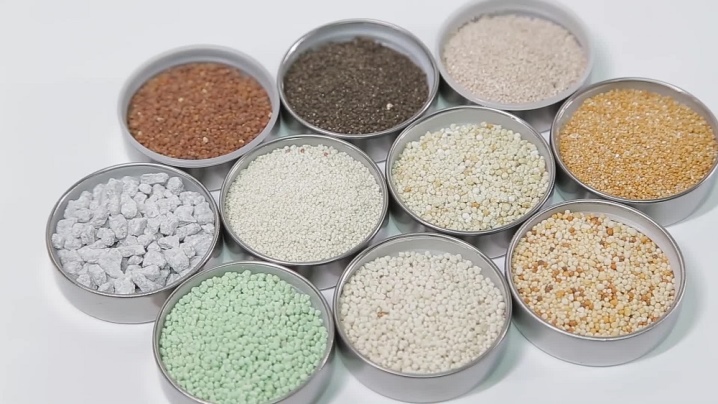
By the number of ingredients, two-component and three-component complexes are distinguished. Each group has its own characteristics. Several formulations are referred to as three-component NPK fertilizers.
- Nitrofoska. It has a ratio of substances of 10: 10: 10 or 11: 10: 11. It is considered a universal option, suitable for most types of soils, but it manifests itself best in soils with a neutral or acidic environment.
- Ammofoska. A more highly concentrated fertilizer with a proportion of nitrogen, phosphorus and potassium 9: 20: 20 or 15: 15: 12. The complex is well suited for stimulating the growth of green mass of plants, therefore it is not recommended for application in the autumn. Ammofoska is considered the best choice for soils with clay, sandy or peat-boggy composition.
- Azofoska. Fertilizer of a universal type, used mainly for pre-planting soil preparation or to stimulate the growth of shoots during the growing season. The proportions are average - 15: 15: 16 or 16: 17: 17.
- Diammofosk. By its purpose and properties, the composition is similar to the azophoric one. The proportions of substances in this NPK complex are 10:26:26.

These are the main three-component fertilizers widely used in private subsidiary farms and large agricultural complexes. It is worth noting that there are water-soluble formulations that are convenient for application during the growth period, as well as dry granules that can be mixed directly when digging up the earth for planting.
Two-component NPK fertilizers, although they belong to this group, contain only 2 main ingredients. Depending on the mixture, phosphorus or potassium can be excluded, nitrogen always remains the main component. The most popular in this category is superphosphate. It can be simple - with the content of nitrogen and phosphorus in the amount of 6: 26, double - with indicators of 10: 46. This is a universal fertilizer used for various fruit and vegetable crops.
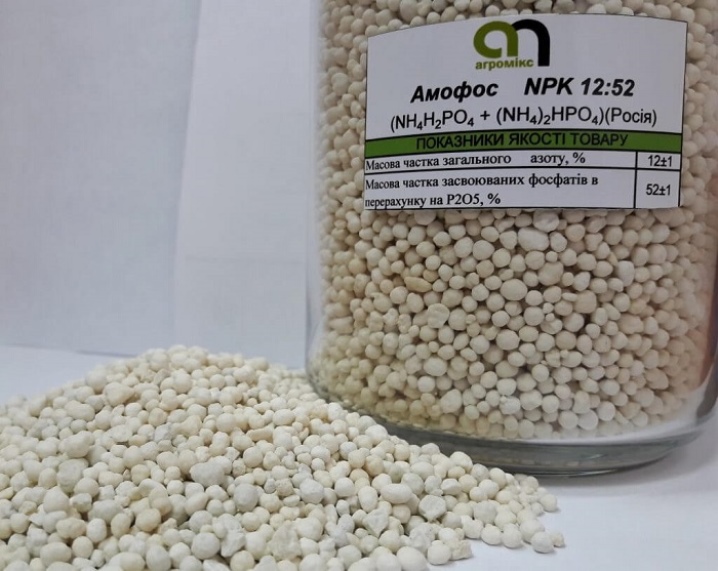
Two-component NPK fertilizers include potassium nitrate, which does not contain phosphorus. It has a ratio of 13: 0: 46, suitable for use in dry or liquid form. It is a good choice for supporting the growth and development of vegetable crops, indoor growing. Among the water-soluble compounds, ammophos, containing nitrogen and phosphorus in the amount of 12: 52, is of great interest to gardeners and gardeners.
Due to the absence of chlorine and nitrates in the composition, the product is well suited for growing cucumbers.
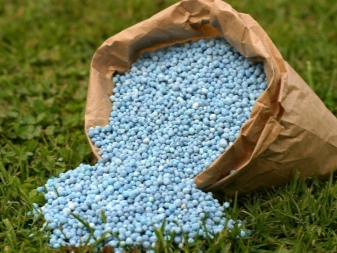
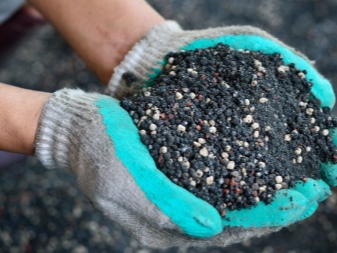
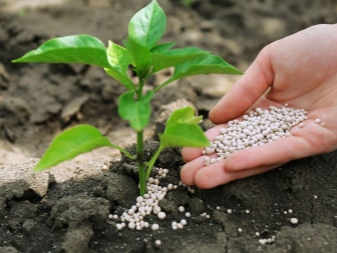
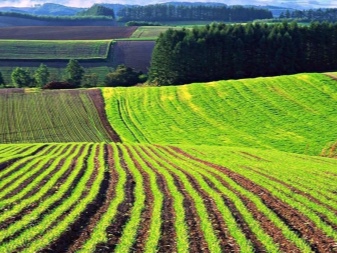
How to use?
NPK fertilizers are in demand when growing a wide variety of crops and plant species. Since granular complexes are already available with certain proportions of substances, it is quite easy to dose them. There are certain norms that take into account the seasonal need of plants for macronutrients, and other factors. Here are the main recommendations of experts.
- Berry, vegetable, herbaceous crops. They are fertilized since May, you can choose Azophoska or Nitroammophoska. Until mid-July, feeding continues at a frequency of 10 days. By autumn, plants are transferred to fertilizers with a reduced nitrogen concentration.

- Flowers. They need significant amounts of nitrogen. Feeding begins in May, using a nitroammofosk, with a frequency of 10-14 days. Fertilization is continued until the end of July. In August, diammophoska is used according to the same scheme.

- Lawn. Maintaining good grass growth requires constant maintenance of high nitrogen levels in the soil. Top dressing begins in June with the use of nitroammophoska. By the end of summer, the amount of nitrogen introduced is reduced. You can switch to fertilizing of the phosphorus-potassium type.
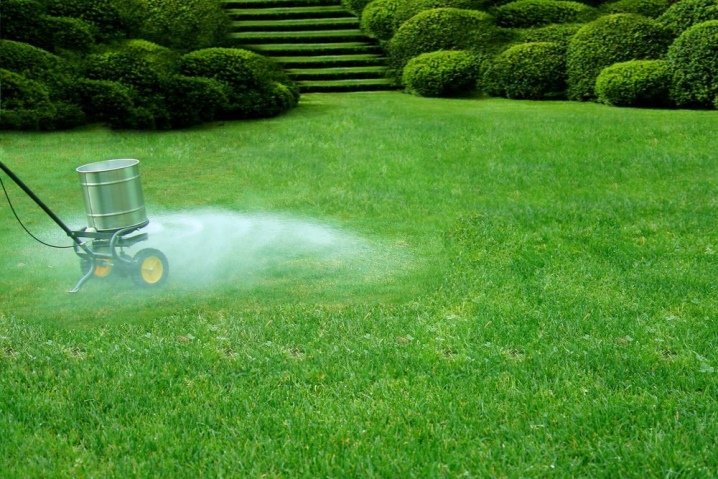
- Fruit crops are trees and shrubs. They need NPK fertilizers during flowering and fruiting. Top dressing should start from the end of April or the beginning of May with the use of diammofoska. The frequency of application 1 time in 10 days is maintained until mid-July. Next, they switch to compositions with a low nitrogen content.
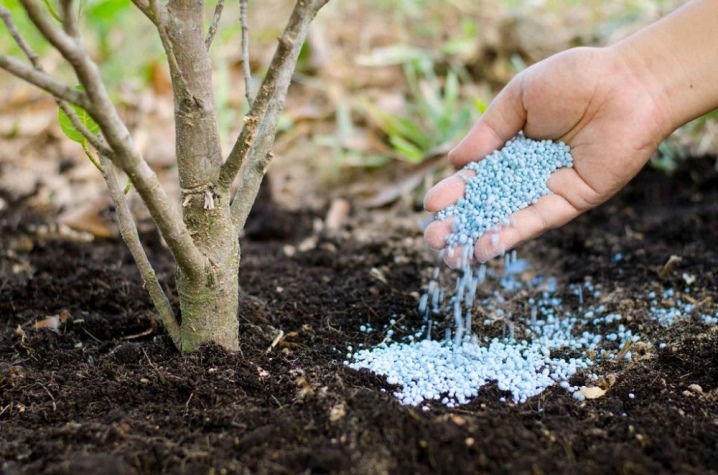
- Coniferous plants. They are fed with nitroammophos in May, and diammophos in August.
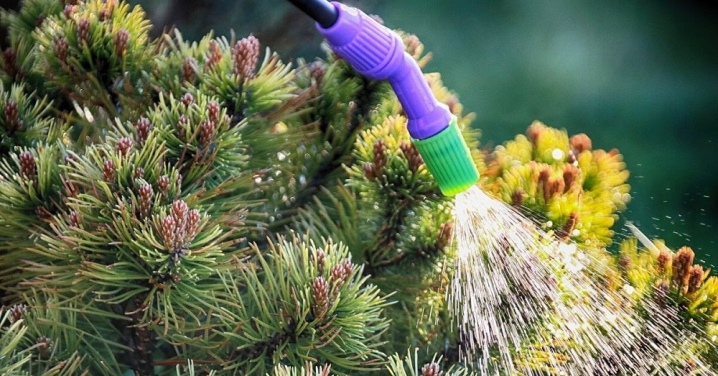
Seasonal use of NPK complexes is also in demand during the preparation of the soil for planting. The granules are applied during the autumn digging of the soil to a depth of 25-30 cm, distributed evenly over the organic component. Close them up with a rake. During the winter, the substances contained in the NPK complex gradually enter the soil, preparing it for the spring season.
In hydroponics, water-soluble compounds are used, on the basis of which a nutrient medium for the roots is created - maintaining the required concentration of nitrogen, potassium and phosphorus depends on the type of crops.
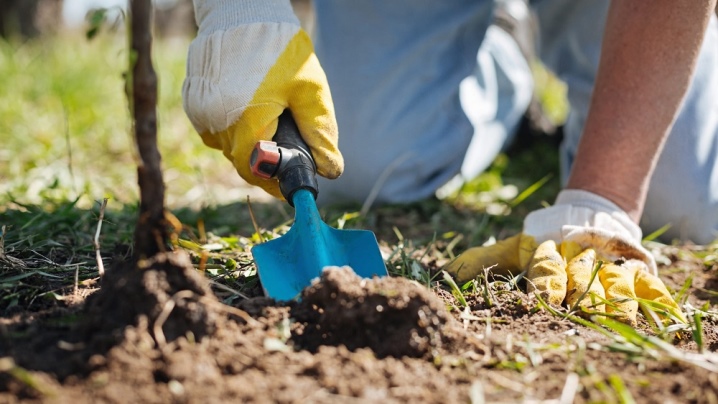
In this video, you will learn what NPK is and what it means for plants.













The comment was sent successfully.